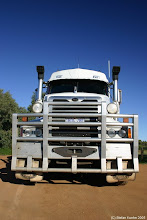Chloroplasts are like chemical factories inside plant cells. To run these factories energy comes from the sun. Sunlight is a form of electromagnetic energy that can travel in waves, the adjzcent difference between two waves are called waveengths. Wavelengths are measured through the Electromagnetic Spectrum. A substance's colour is determined by its pigments where it absorbs, transmits, or reflects light waves, this can be discovered through Paper Chromatography. Within the thylakoid membrane, chlorophyll and other molecules are arranged in clusters. Light reactions change light energy into chemical energy through two processes; water-splitting photosystem and the NADPH-producing photosystem.
Wavelength-the distance between two adjacent wavesElectromagnetic Spectrum-the range of electromagnetic energy from gamma to radio waves
Pigment-chemical compounds that give color to a substance
Paper Chromatography-a laboratory technique that is used to observe the pigments inside a leaf
Photosystem-cluster of chlorophyll and other molecules inside a thylakoid
Concept Check
1. A leaf looks green because it absorbs all the different types of rays except green.
2.When a chlorophyll molecule absorbs light they turn an electron excited from ground state to excited state, it causes the electron to jump from molecule to molecule until it gets turned into ATP or NADPH through the primary electron acceptor.
3.Besides oxygen, light reactions also produce ATP and NADPH molecules.
4.Light reactions take place inside the thylakoid, inside the chloroplast.


.jpg)










